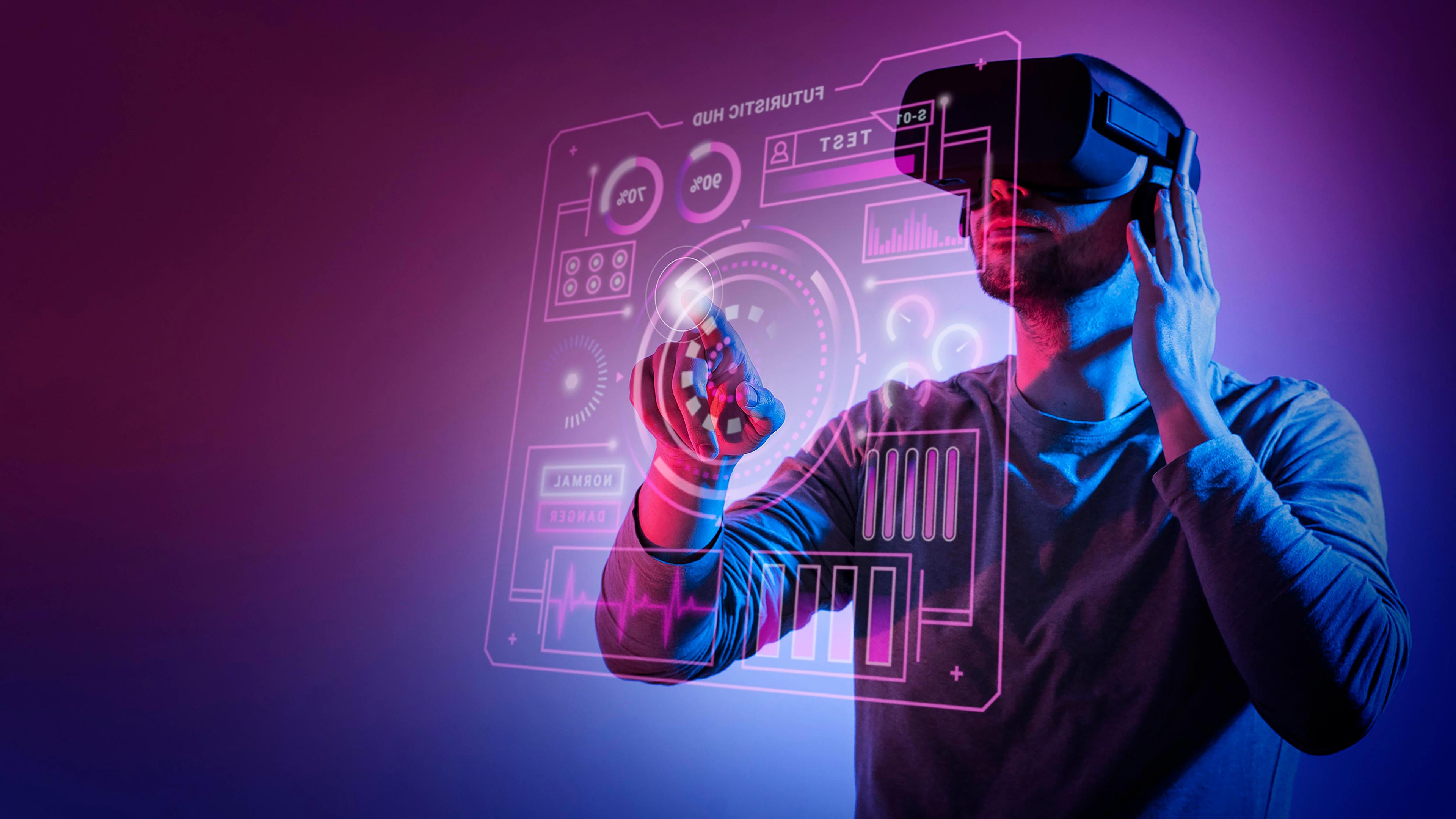The Evolution Of Machine Learning In The Energy Industry

The confluence of machine learning and energy industry will revolutionize general living standards in the very near future. The synergy of artificial intelligence and renewable energy will have far-reaching consequences on the economy, environment and our lives.
Machine Learning Is The Future
There is hardly any field that will be left untouched by machine learning and AI. In fact, machine learning and AI are already transforming all possible sectors that you can think of. Machine learning together with the Internet of Things is interconnecting everything into one smart network. These technologies and their rapid developments hold many far-reaching implications for energy.
Machine learning is ushering in what is being described as the 4th industrial revolution. While the previous industrial revolutions were orchestrated by steam, mass production and then computers, the next impending industrial revolution will be brought about by AI and machine learning. The energy sector in particular will become more efficient and robust as a result of machine learning.
Machine learning and AI can help to reduce electricity wastage, create accurate forecasts for demand and mitigate the susceptibility of the grid to blackouts. Machine learning and renewable energy will mean more efficient and reliable electricity production, as well as greater empowerment among those on the supply and demand side.
Machine Learning For More Consumer Power
One important development in the energy sector is increased diversity in electricity generation. Since electricity generation and distribution requires an enormous investment on infrastructure and equipment, the energy sector is essentially an oligopoly due to the relatively few companies involved. However, renewable energy has purveyed several benefits, not the least of which is that homeowners in certain regions can now generate their own electricity and even sell it to energy companies.
However, with so many entities supplying and consuming electricity simultaneously, there are certain challenges and technicalities that must be overcome to ensure seamless grid operation. This will be made possible by machine learning since it will soon be able to forecast with a high degree of accuracy, the movement of demand and supply. Distributed generation of electricity and increased consumer power will follow when machine learning boosts the viability of renewable energy generation. That could happen sooner than you think.
Machine Learning For Higher Efficiency And Less Waste
Another important problem arises when there is a greater gap between demand and supply. When electricity demand outstrips supply, and renewable resources can not meet the excess demand, then electricity companies have to activate backup units. This entails high costs since it involves much inefficiency. But with the advent of machine learning, companies will be able to forecast excess demand accurately to take timely action and thus save demand change costs. A cumulative effect could be consumers benefiting from lower energy bills. The usage of redundancies such as fossil fuels could also be reduced and optimised and as a result lead to fewer carbon emissions. Machine learning for the energy sector is the need of the hour since the gap between demand and supply will widen as energy requirements, for the likes of smart devices and systems, big data processing, real estate and other applications, increase in the future.
The Department Of Energy And The Smart Grid
To this end, global infrastructures and initiatives are integrating and planning for improved AI and machine learning capabilities. For example, the Department of Energy (‘DOE’) stated back in 2010 that it will create and implement the smart grid. The DOE has proposed that the smart grid will enable the seamless two-way flow of electricity for all users. In other words, consumers will be able to consume as well as supply electricity (from renewable resources) without problems thanks to the smart grid. The smart grid will also facilitate the flow of information.
A major advantage of this system will be that the national grid will become more robust. The current grid is surprisingly susceptible to surges in electricity consumption. This became painfully obvious back in 2003 when a huge blackout ensued after a part of the grid broke down under excessive load. This created a cascade effect that left huge swathes of the country without electricity for days thereby incurring billions in damages. A technological solution is needed to mitigate this susceptibility. The smart grid, powered by AI and machine learning is the answer.
The US DOE has already invested over $4.5 billion on the smart grid infrastructure with more than 15 million smart meters installed. The department has estimated that electricity demand will rise by 25% towards 2050. However, with the smart grid in place, the peak electricity load will increase by only 1 percentage point. Machine learning and AI will be directly responsible for the increased efficiency and flexibility of the futuristic grid.
Intelligent AI-Driven Infrastructure
The smart grid of the future will be powered by intelligent devices and meters that will transmit huge amounts of data concerning electricity consumption patterns. These devices and meters will be driven by machine learning and AI. All the information collected from these sources will then be analyzed by machine learning and AI algorithms. Data processing and analysis will help uncover patterns in electricity consumption to forecast electricity demand with a high level of reliability.
Smart electricity meters will orchestrate a revolution in electricity supply. These sensors can relay electricity consumption data and patterns so that real-time monitoring of the demand/supply equation becomes possible. Information provided thus will help electricity companies to avoid disruptions and blackouts that come with sudden surges in demand. The result will be a more reliable supply and the mitigation of blackout risks. Smart systems will also be able to better manage and balance electricity demand with supply. The key benefit will be a substantial cut in inefficiency and wastage so that consumers have to pay lower bills. Major organizations like Google have already implemented these technologies to slash electricity costs for their data centers.
Machine learning and AI systems can help to reduce the reliance on fossil fuels. There will be greater room for renewable energy sources owing to increased efficiencies in electricity transmission. One of the biggest problems with renewable energy is that the supply is subject to weather condition variations. For instance, solar energy is affected by cloudy weather while wind energy is affected by calm weather. Machine learning can help to predict these shortfalls in supply with accuracy so that renewable energy becomes more predictable.
As leading energy consultants in the global field, Pangea Strategic Intelligence can help corporations and energy investors understand where they should invest and how they can capitalise on these exciting developments.






